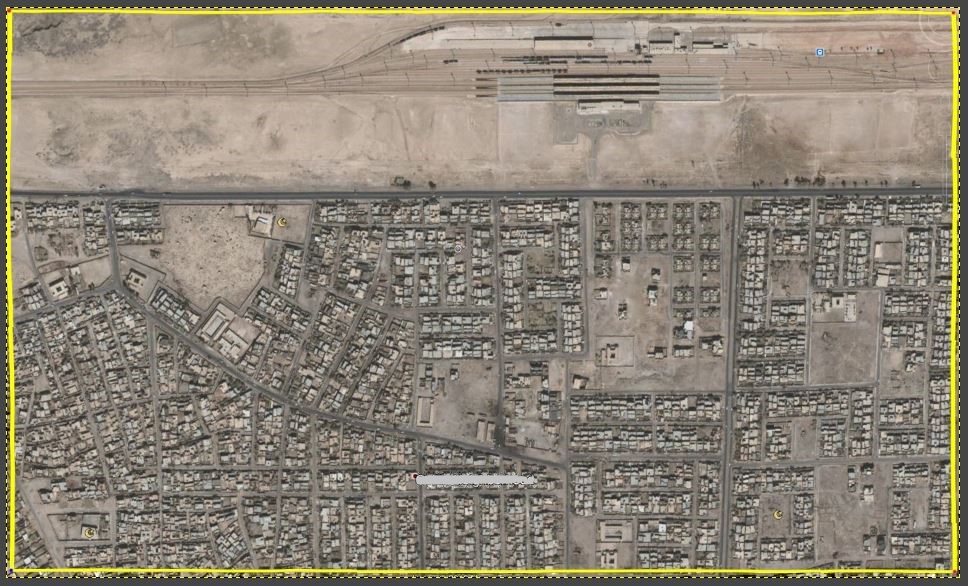
If a LatLng instance is passed to the constructor, a copy is created. The constructor also accepts LatLngLiteral and LatLng objects. Most methods that accept LatLng objects also accept a LatLngLiteral object, so that the following are equivalent: map.setCenter(new (-34, 151))
If you want to compute another point, you have to create a new one. Notice that you cannot modify the coordinates of a LatLng. This reflects the fact that longitudes wrap around the globe.Īlthough the default map projection associates longitude with the x-coordinate of the map, and latitude with the y-coordinate, the latitude coordinate is always written first, followed by the longitude. A value of 190 will be converted to -170. For example, a value of -190 will be converted to 170. Values above or below this range will be wrapped so that they fall within the range. Longitude ranges between -180 and 180 degrees, inclusive.And if the value is greater than 90, it will be set to 90. This means that if the value specified is less than -90, it will be set to -90. Values above or below this range will be clamped to the range. Method If images differ in size, a drop-down menu allows to choose a conversion method: Copy (center) and Copy (top-left) Stack will have the width of the widest open image and the height of the highest open image. Latitude ranges between -90 and 90 degrees, inclusive. Creates a new stack from images currently displayed in separate windows.You are receiving this because you were mentioned.A LatLng is a point in geographical coordinates: latitude and longitude. Sorry this took so long, I got caught up in some other stuff 😅 I'll writeĪ module for resizing from scratch using something like bilinear So the images are coming out to be narrower than they should be. Native resize module in image-sequencer isn't working properly on the width Why do I not see map overlays and often get a message that WXtoImg could not find matching pass to build overlay. It does not line up because the resize module which I adapted from the

0.5 or 0.1) allow for greater granularity. By default, the zoom level snaps to the nearest integer lower values (e.g. I think I got the problems with overlay resolved. Option Type Default Description closePopupOnClick: Boolean: true: Set it to false if you dont want popups to close when user clicks the map.: zoomSnap: Number: 1: Forces the maps zoom level to always be a multiple of this, particularly right after a fitBounds() or a pinch-zoom. It seems like it is taking the location of the satellite a few minutes after it should. The area it is using as an overlay is the place the satellite goes over a few minutes later. Please Do not run this with larger image maps since the browser will make repeated requests to the server and you will not see any response. WXtoIMG shows the correct satellite pass at the top, with the correct time as well. Using this endpoint This should return the 3 images distorted and overlaid on a canvas but they won't quite match up. Now, moving on to multi-image maps, we can use the ceres map to see the relative positioning of the images. I have added Logs on each step so it should be easy to see the status of the request. NOAA Satellite Signals With a PVC QFH Antenna and Laptop : This instructable covers everything you'll need to get started in being able to receive the APT (Automatic Picture Transmission) signals. Once the Add Map button is active, hold the left mouse button and drag a rectangle where you want to insert the map.

Now we would have to bring the map view that we see in the QGIS Canvas to the composer.
#Wxtoimg map overlay wrong full#
Since the upload query param is not set, this should return the correctly distorted image as a response to the browser. In the Print Composer window, click on Zoom full to display the full extent of the Layout. The images are getting distorted correctly, to test that we can use this url:

The logic to calculate the distortion and overlay coordinates happens inside the converter util. It allows you to set up individual map zoom levels for each overlay map, allowing you to provide depth perception. The distorted images are not being overlaid correctly with respect to each other on the final canvas. This script is an add-on for the Overlay Maps script.


 0 kommentar(er)
0 kommentar(er)
